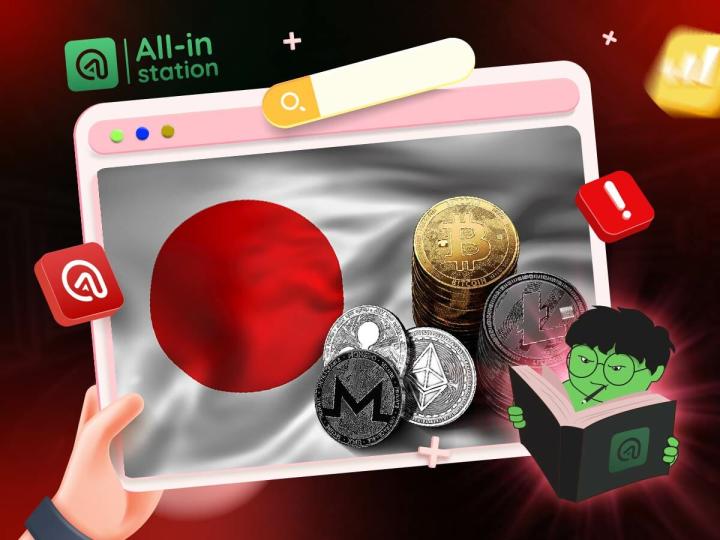Hello everyone, today I will bring you the essential knowledge for beginners, how to use and choose a cross-chain bridge to transfer assets from chain A to chain B. This article mainly focuses on the cross-chain of Taiko assets, as well as the selection of cross-chain bridges and the pros and cons of the official bridge. Other chains can also be extended for consideration.
The cost of the Taiko official bridge is not high. We can see on the official website that the cross-chain from Ethereum to Taiko only costs 0.3U of ETH as a fee, plus gas (the gas on the chain is 1 during the test) 0.7u, a total of about 1u
Taiko official website: (If you are worried about the safety, please use the official Twitter link to open it)
Cross-chain process:
Step 1: Select the starting network (there are corresponding assets in the corresponding network)
Step 2: Select the cross-chain asset type (Taiko only supports ETH)
Step 3: Select the network to send to (the official bridge defaults to ETH-TAIKO)
Step 4: Check fees and cross-chain amounts
Step 5: Make sure all the information is correct and click continue

You will then be redirected to the confirmation page
Check all the information and click Continue after confirming that it is correct. The wallet will pop up. After paying the gas, wait for the assets to appear on Taiko and the cross-chain is completed.

In addition to the official cross-chain bridge, there are also third-party cross-chain bridges, which are projects that specialize in cross-chain bridges. They cover more networks and in some cases, the fees they incur will be lower.
According to Defilama, the cross-chain bridges that currently support Taiko include orbiter, rhino, owlto, etc.
I’ll take orbiter as an example. The cost of crossing from base chain to taiko is 0.58U, and it basically arrives in seconds.

Cross-chain asset operation is very simple and easy to use. If a novice is trying it for the first time, I personally recommend choosing the low GAS of the L2 chain to conduct a small amount of cross-chain asset testing to ensure that the assets are safely transferred to the account without any additional fees before conducting a large number of cross-chain asset tests.
The above briefly introduces the cross-chain fees of Taiko official bridge and orbiter. I will use a more intuitive method to compare them below.

Final summary
The cost of using the Taiko official bridge for cross-chain is slightly higher, and there will be delays in extreme cases, but it is more secure because it is an official chain after all.
Using a third-party cross-chain bridge like orbiter is more efficient, faster, and cheaper, but third-party bridges often have problems such as jamming and being attacked. Therefore, if it is a large amount of funds, it is recommended to use the official bridge. For small amounts, you can use a third-party bridge. Remember not to use a newly released third-party bridge. No matter what the background and strength are, they are not worth mentioning in terms of security. If you have to choose, you should choose a third-party bridge that has been operating in the market for a long time, and there will basically be no major problems.
Finally, a reminder that security issues cannot be ignored. The losses caused by cross-chain bridges amount to hundreds of millions every year. Operations must be carried out under the premise of ensuring safety.
Finally, welcome to follow me on Twitter








